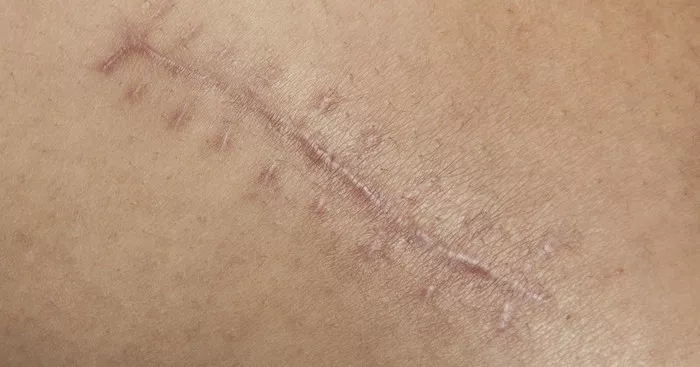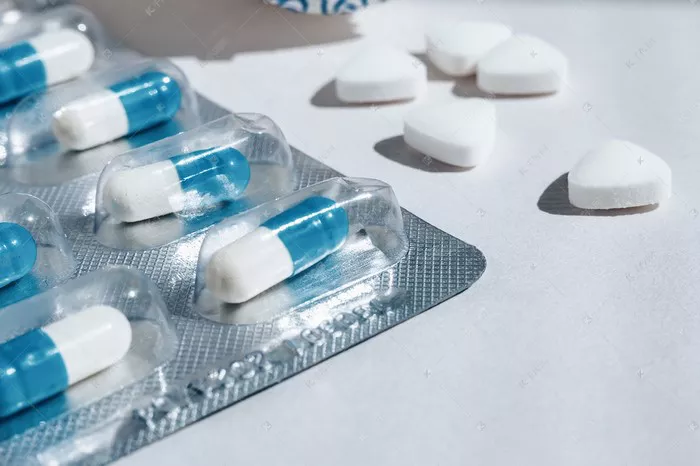Scars are a natural part of the healing process, resulting from the biological repair of wounds in the skin. While scars from surgical procedures or injuries can be a common concern, they also mark the body’s remarkable ability to heal itself. This comprehensive guide explores various effective treatments and preventive measures to manage and minimize scars after stitches. We’ll delve into why scars form, how they evolve, and what you can do to ensure the best possible outcome for your skin.
The Basics of Scar Formation: Why and How Scars Develop
When the skin is wounded, the body immediately sets to work repairing the damage. This process involves several phases, including inflammation, tissue formation, and remodeling. Initially, the body produces a protein called collagen to close the wound, which forms a scar. The appearance and texture of the scar can vary widely depending on factors such as the depth and size of the wound, the location on the body, the age of the individual, their nutritional status, and genetic predisposition.
Immediate Care Post-Stitches: First Steps Towards Minimizing Scars
After receiving stitches, the first priority is to ensure proper wound care to prevent infection and promote optimal healing. Keeping the wound clean and dry is paramount. Follow these steps to start your scar management effectively:
Keep the area clean: Gently clean the wound daily with water or a mild cleansing agent as advised by your healthcare provider.
Keep the wound covered: Use a sterile bandage to protect the area from bacteria and to keep it clean.
Avoid direct sun exposure: UV exposure can darken the scar, so it’s important to cover it or use a strong sunscreen if exposure is unavoidable.
Innovative Topical Treatments for Scars
Numerous topical treatments can help reduce scar formation and improve the appearance of existing scars. Here, we explore some commonly recommended options:
Silicone Gel Sheets and Ointments: Silicone treatments are widely used for scar management. They hydrate the scar and create a protective barrier, which may reduce collagen buildup and lead to a flatter, softer scar.
Hydrogel: Hydrogel dressings can keep the wound environment moist, which is beneficial for the healing process.
Vitamin E and Onion Extract: These are popular ingredients in over-the-counter scar treatment products, though scientific support for their effectiveness varies.
Advanced Dermatological Treatments
For scars that require more intensive treatment, there are several dermatological procedures that can improve their appearance:
Steroid Injections: These are used primarily for hypertrophic or keloid scars, helping to reduce thickness and relieve itchiness and pain.
Laser Therapy: Laser treatments can reduce redness, improve skin texture, and make the scar less noticeable.
Dermabrasion: This procedure involves removing the top layers of skin, which can help blend the scar more seamlessly with surrounding tissues.
The Role of Nutrition in Scar Healing
Nutrition plays a critical role in how effectively and quickly our bodies heal from wounds, including those requiring stitches. To support skin repair, consider incorporating the following nutrients into your diet:
Protein: Essential for the repair and regeneration of skin tissues.
Vitamin C: Needed for the production of collagen.
Zinc: Plays a role in maintaining skin integrity and wound healing.
Vitamin A: Important for immune function and plays a role in inflammatory response.
The Psychological Impact of Scars and How to Manage It
Scars can also have a psychological impact, particularly if they are in visible areas or are severe. It is important to address these concerns as part of the healing process:
Support Groups: Connecting with others who have gone through similar experiences can provide emotional support and advice.
Counseling: Professional help can be beneficial to address any negative feelings or self-consciousness associated with scarring.
Preventing Scars Before They Form: Proactive Measures
The best way to manage scars is to prevent them from becoming prominent in the first place. Alongside immediate post-injury care, consider these preventive measures:
Follow your doctor’s advice: Adherence to post-surgical care instructions is crucial.
Gentle massage: Once the wound has healed, regular gentle massage of the area can help break down the collagen building in the scar.
Stay hydrated and maintain a healthy diet: Adequate hydration and nutrition support skin health.
Conclusion: Embracing the Healing Process with Effective Scar Management
While scars from stitches are an inevitable part of the healing process, their appearance and impact can be significantly mitigated with proper care and treatment. By understanding the mechanisms of scar formation and embracing a combination of topical treatments, advanced dermatological procedures, and adequate nutrition, individuals can effectively manage their scars. Remember, each scar tells a sto
[inline_related_posts title=”You Might Be Interested In” title_align=”left” style=”list” number=”6″ align=”none” ids=”8408,8339,8256″ by=”categories” orderby=”rand” order=”DESC” hide_thumb=”no” thumb_right=”no” views=”no” date=”yes” grid_columns=”2″ post_type=”” tax=””]































